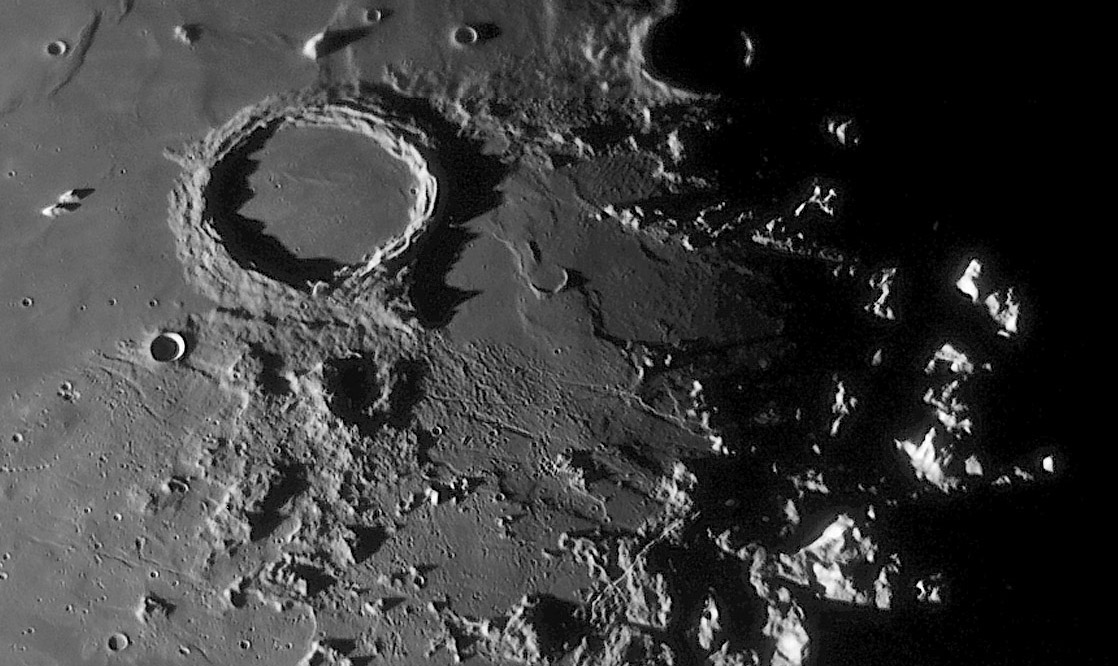Difference between revisions of "August 24, 2010"
(Created page with "__NOTOC__ =Title= <!-- ws:start:WikiTextHeadingRule:1:<h1> --> <!-- ws:start:WikiTextLocalImageRule:16:<img src="/file/view/LPOD-Aug24-10.jpg/157969293/LPOD-...") |
|||
| (9 intermediate revisions by the same user not shown) | |||
| Line 1: | Line 1: | ||
__NOTOC__ | __NOTOC__ | ||
=Title= | =Title= | ||
| − | + | <!-- Start of content --> | |
| − | + | <!-- ws:start:WikiTextHeadingRule:1:<h1> --> | |
| − | + | <!-- ws:start:WikiTextLocalImageRule:16:<img src="/file/view/LPOD-Aug24-10.jpg/157969293/LPOD-Aug24-10.jpg" alt="" title="" /> -->[[File:LPOD-Aug24-10.jpg|LPOD-Aug24-10.jpg]]<!-- ws:end:WikiTextLocalImageRule:16 --><br /> | |
<em>image by [mailto:nsmith10000@yahoo.co.uk Nick Smith]</em><br /> | <em>image by [mailto:nsmith10000@yahoo.co.uk Nick Smith]</em><br /> | ||
<br /> | <br /> | ||
| − | This piece of a large [mailto:tychocrater@yahoo.com Chuck Wood]</em><br /> | + | This piece of a large [http://www.pbase.com/nicksmith/image/127746350 mosaic] by Nick includes a number of rilles and other interesting features of the [https://the-moon.us/wiki/Apennine_Bench_Formation Apennine Bench Formation]. The name comes from US Geological Survey mappers in the 1960s who recognized that the hilly and rille-cut area between the front of the Apennine Mountains (far right) and Archimedes was neither the original floor of the Imbrium Basin nor Mare Imbrium lavas. It is older than the mare, and as Apollo orbiting instruments discovered, is rich in KREEP and the radioactive element thorium. The current view is that the Bench is made of a volcanic rock of different chemical composition than the normal dark maria - such as the patch of Palus Putredinis (right center). But what caught my eye was the washboard pattern of linear ridges and toughs in the upper right near Autolycus. The ridges are not parallel, as they look at first glance, but are actually radial from Autolycus. They are lines of ejecta and secondary craters from Autolycus, beautifully shown.<br /> |
| + | <br /> | ||
| + | <em>[mailto:tychocrater@yahoo.com Chuck Wood]</em><br /> | ||
<br /> | <br /> | ||
<strong>Technical Details</strong><br /> | <strong>Technical Details</strong><br /> | ||
| Line 12: | Line 14: | ||
<br /> | <br /> | ||
<strong>Related Links</strong><br /> | <strong>Related Links</strong><br /> | ||
| − | Rükl plate [ | + | Rükl plate [https://the-moon.us/wiki/R%C3%BCkl_22 22]<br /> |
Nick's [http://www.pbase.com/nicksmith website]<br /> | Nick's [http://www.pbase.com/nicksmith website]<br /> | ||
<hr /> | <hr /> | ||
| − | + | <table class="wiki_table"> | |
| − | + | <tr> | |
| − | + | <td> <!-- RemoveRevolverMaps --> | |
| − | ---- | + | <!-- RemoveRevolverMaps --> |
| − | + | </td> | |
| − | + | <p><b>Yesterday's LPOD:</b> [[August 23, 2010|Moon Ball]] </p> | |
| + | <p><b>Tomorrow's LPOD:</b> [[August 25, 2010|Daughter Moon]] </p> | ||
| + | <!-- End of content --> | ||
| + | {{wiki/ArticleFooter}} | ||
Latest revision as of 18:43, 13 October 2018
Title

image by Nick Smith
This piece of a large mosaic by Nick includes a number of rilles and other interesting features of the Apennine Bench Formation. The name comes from US Geological Survey mappers in the 1960s who recognized that the hilly and rille-cut area between the front of the Apennine Mountains (far right) and Archimedes was neither the original floor of the Imbrium Basin nor Mare Imbrium lavas. It is older than the mare, and as Apollo orbiting instruments discovered, is rich in KREEP and the radioactive element thorium. The current view is that the Bench is made of a volcanic rock of different chemical composition than the normal dark maria - such as the patch of Palus Putredinis (right center). But what caught my eye was the washboard pattern of linear ridges and toughs in the upper right near Autolycus. The ridges are not parallel, as they look at first glance, but are actually radial from Autolycus. They are lines of ejecta and secondary craters from Autolycus, beautifully shown.
Chuck Wood
Technical Details
13th August 2009, ~ 4:10 UT. C14, Lumenera Infinity 2-1M, from La Palma, Canary Islands.
Related Links
Rükl plate 22
Nick's website
Yesterday's LPOD: Moon Ball
Tomorrow's LPOD: Daughter Moon
COMMENTS?
Register, Log in, and join in the comments.



